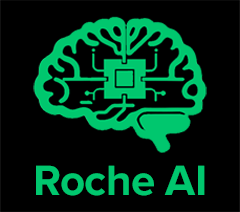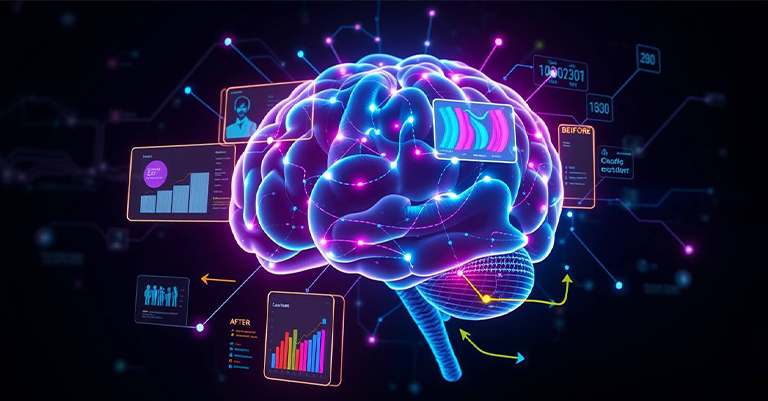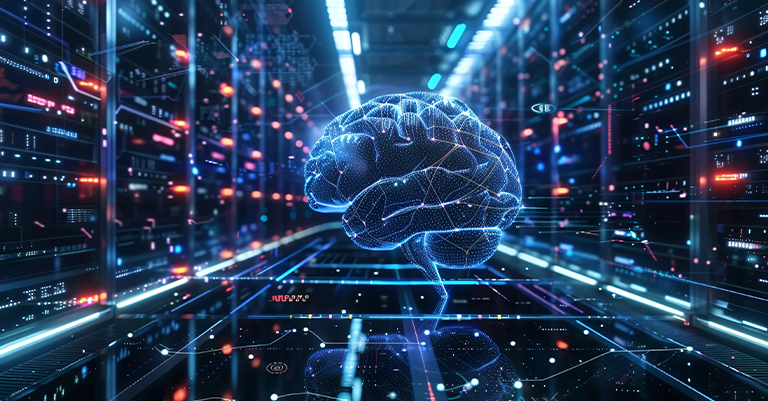Machine Learning Algorithms: A Complete Guide for Beginners
Machine learning algorithms are everywhere today. They run the apps on your phone. They also decide what videos you see online. However, most people think these systems are too hard to understand.
This guide makes machine learning algorithms easy to learn. We’ll show you what they are and how they work. Additionally, you’ll see why they’re so important in business today.
You don’t need to be a computer expert to understand this. Instead, we’ll use simple words and clear examples. Furthermore, we’ll compare these systems to things you already know. By the end, you’ll feel confident about this topic.
Whether you want to learn for school or work, this article will help you get started. Moreover, understanding these concepts opens doors to exciting career paths.
What Are Machine Learning Algorithms?
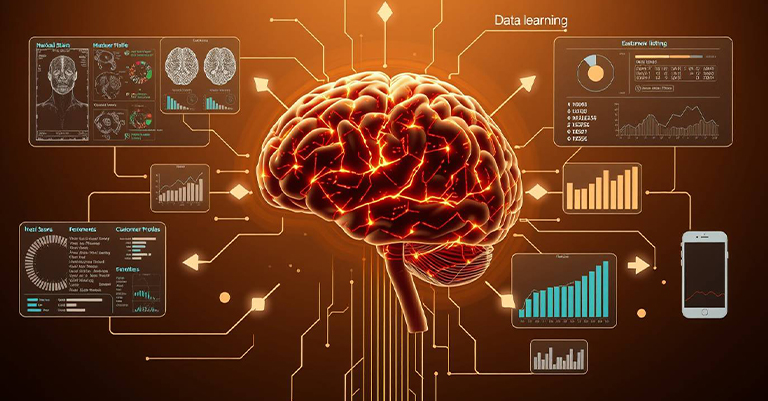
Machine learning algorithms are like intelligent recipes for computers. Just as a recipe tells you how to make cookies, these algorithms tell computers how to solve problems. However, these recipes get better over time.
Think about how you learned to ride a bike. You practiced many times and got better with each try. Similarly, these algorithms practice with lots of data and improve their skills.
These systems don’t need someone to program every possible answer. Instead, they look at examples and figure out patterns by themselves. Therefore, they can handle problems that would take humans years to solve.
For example, Netflix uses these algorithms to recommend movies you might like. The system looks at what you’ve watched before. Then it finds patterns and suggests new shows. Consequently, you discover content you probably wouldn’t have found otherwise.
Machine learning algorithms are the brain behind artificial intelligence. They help computers make smart decisions without human help.
How Machine Learning Algorithms Work
The process starts when you give the algorithm a large amount of data to study. This data is like textbooks that help students learn new subjects. Subsequently, the algorithm looks for patterns in all this information.
While learning, the algorithm makes guesses about what it sees. Then it checks if those guesses are right or wrong. When it makes mistakes, it adjusts how it thinks. Therefore, it gets smarter with each try.
Here’s a simple example. Imagine teaching a computer to recognize dogs in photos. You show it thousands of dog pictures and say “dog” each time. Similarly, machine learning algorithms learn by seeing many examples with the correct answers.
The algorithm builds a mental model of what dogs look like. This model includes features such as fur, four legs, and tails. Consequently, when you show it a new dog photo, it thinks “that’s a dog” even though it’s never seen that exact picture before.
The better the training data, the smarter the algorithm becomes. Good data leads to accurate predictions in real business situations.
Types of Machine Learning Algorithms
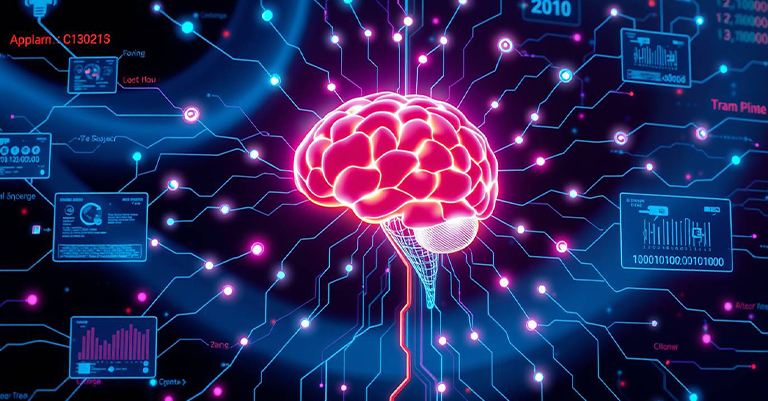
Machine learning algorithms come in three main flavors. Each type learns differently and solves different kinds of problems. Understanding these types helps you pick the right tool for each job.
Think of them like different sports. Basketball, soccer, and tennis all use balls, but they have different rules. Similarly, these algorithm types all work with data but use different approaches.
Supervised Learning Algorithms
Supervised learning algorithms are like having a teacher in class. The teacher shows you problems and gives you the right answers. Then you practice until you can solve new problems on your own.
These algorithms learn from examples where you already know the correct answer. For instance, a bank wants to detect credit card fraud. They show the algorithm thousands of transactions labeled as “fraud” or “safe.” Subsequently, it learns to spot fraud patterns automatically.
Popular supervised algorithms include:
- Linear regression for predicting numbers like sales
- Decision trees for making yes-or-no decisions
- Random forests for more accurate predictions
- Support vector machines for complex pattern recognition
These algorithms work great when you have historical data with known outcomes. Consequently, businesses use them for forecasting and risk assessment.
Unsupervised Learning Algorithms
Unsupervised learning algorithms work without any teacher or guide. Think about sorting your clothes when you move to a new room. You don’t have labels telling you what goes where. Instead, you put similar items together naturally.
These algorithms look at data and find groups or patterns on their own. For example, imagine you have a huge pile of mixed-up photos. The algorithm would automatically sort them into groups like “family photos,” “vacation pics,” and “school events.”
Here’s how businesses use them:
- Finding customer types so companies can send better ads
- Saving computer storage space by organizing files better
- Catching cheaters by spotting weird behavior patterns
- Learning what customers want by studying buying habits
These machine learning algorithms are like having a super-smart assistant. They look through tons of information and find important patterns that people would never notice. Additionally, they help businesses make smarter decisions about their customers.
Reinforcement Learning Algorithms
Reinforcement learning algorithms learn like you learned to play video games. They try different actions and see what happens. Good moves get rewards, while bad moves get penalties. Over time, they figure out winning strategies.
These algorithms don’t study examples beforehand. Instead, they learn by doing and getting feedback from their environment. For example, an AI playing chess gets points for winning games and loses points for losing.
Key features include:
- Learning through trial and error instead of memorizing examples
- Getting better with more practice
- Making long-term plans rather than quick fixes
- Adapting to changes in their environment
This approach works well for robotics, gaming, and automated trading systems. Additionally, it’s perfect for situations where the rules keep changing.
Why Machine Learning Algorithms Matter
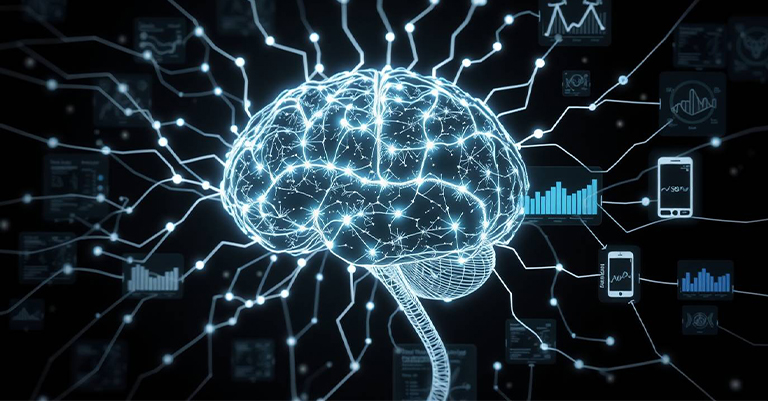
Machine learning algorithms are changing the world around us right now. They solve problems that regular computer programs can’t fix. Additionally, they can look through millions of pieces of information in just seconds.
Think about going to the doctor. These algorithms help doctors spot cancer and other diseases way earlier than before. They look at X-rays and scans like super-powered magnifying glasses. Therefore, people get help faster and feel better sooner.
When you use your credit card, banks watch for thieves trying to steal your money. The algorithm knows how you normally spend money. If someone else tries to use your card, it spots the difference right away. Consequently, your money stays safe without you doing anything.
Stores like Target and Walmart use machine learning algorithms to decide what to sell and how much to charge. They figure out which items people will buy before those people even know they want them. This helps stores make more money and keep prices lower for customers.
The coolest part is that these systems get smarter every single day. Regular computer programs never change or improve. However, these algorithms learn from every new piece of information they see. This makes them more helpful as time goes on.
Popular Machine Learning Algorithms for Beginners
Several machine learning algorithms are perfect for people just starting out. These algorithms are easier to understand and work well for many business problems.
- Linear regression is like drawing the best line through scattered dots on a graph. It predicts numbers based on other numbers. For example, it might predict house prices based on size and location. This algorithm is straightforward and easy to explain to others.
- Decision trees work like a flowchart of yes-or-no questions. They help make decisions step by step. For instance, should we approve this loan application? The tree asks about income, credit score, and debt. Consequently, it reaches a clear decision.
- K-means clustering groups similar things together automatically. Imagine sorting your photos into albums without looking at each one individually. This algorithm finds natural groups in business data like customer types or product categories.
- Naive Bayes calculates the chances of something happening. Despite being called “naive,” it works surprisingly well in real situations. Additionally, it doesn’t need massive amounts of data to get started.
These algorithms provide excellent foundations for learning more advanced machine learning algorithms later.
Getting Started with Machine Learning Algorithms
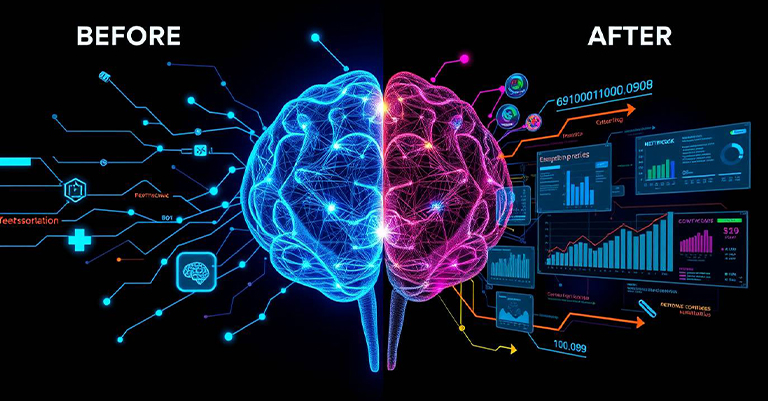
Starting to learn machine learning algorithms is like learning to drive a car. You don’t jump on the highway first. Instead, you practice in empty parking lots and quiet streets. Take your time and don’t rush the process.
First, learn to spot different types of problems these algorithms can solve. It’s like knowing when to use a hammer versus a screwdriver. Practice looking at business situations and asking “Do I need supervised, unsupervised, or reinforcement learning here?”
You’ll need some basic math skills, but nothing too scary. Think about concepts like averages and percentages that you already know from school. These ideas help you understand how machine learning algorithms make their decisions. However, you don’t need to be a math genius to get started.
Pick beginner-friendly tools that won’t frustrate you. Python is like the “easy mode” of programming languages for machine learning. Additionally, many websites let you practice coding without downloading anything to your computer first.
Start small with simple practice problems instead of trying to solve world hunger on day one. Work your way up slowly as you get more confident. Furthermore, focus on understanding what your results actually mean rather than just trying to get perfect scores.
Find online groups where other beginners share their struggles and victories. Learning from other people’s mistakes saves you tons of time. Moreover, when you help explain something to someone else, it makes your own understanding way stronger.
Common Challenges and Solutions
Learning machine learning algorithms comes with some bumps in the road that almost everyone hits. Knowing about these problems ahead of time helps you avoid getting stuck or giving up too early.
- Messy data is like trying to bake cookies with spoiled ingredients. Even if you follow the recipe perfectly, the cookies will taste terrible. If your data has missing pieces or wrong information, your algorithm will give bad answers. Therefore, always clean up your data first before training any models.
- Overfitting happens when algorithms memorize answers instead of learning. It’s like cramming for a test by memorizing only the practice questions. You might ace the practice test, but you’ll bomb the real exam. Fix this by testing your algorithm on completely new data that it’s never seen before.
- Picking the wrong tool frustrates tons of beginners who feel overwhelmed by all the choices. It’s like trying to fix everything with just a hammer when you really need different tools. Start with simple algorithms and try fancier ones later. Additionally, let your specific problem tell you what tool to use.
- Focusing only on scores causes problems when people care more about getting 100% than understanding what happened. It’s like caring only about your grade instead of actually learning the subject. Learn to ask “Does this result make sense in real life?” Furthermore, understand what your algorithm is actually good and bad at doing.
- Moving from practice to real work trips up many people when they try to jump from tiny school projects to huge company databases. It’s like going from shooting hoops in your driveway to playing in the NBA. Start small and work your way up slowly to build real confidence.
Closing Thoughts
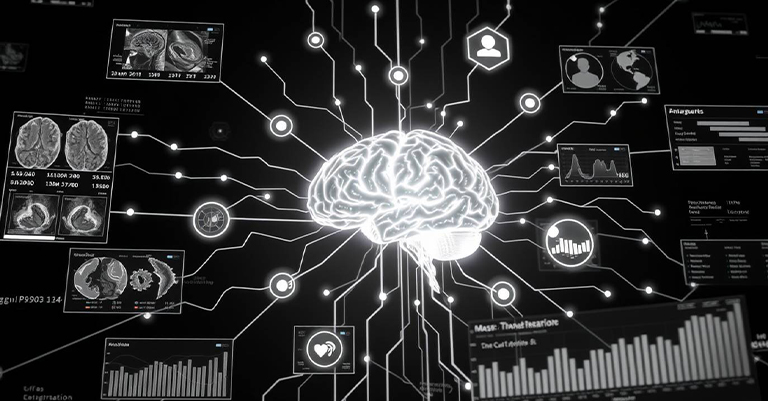
Machine learning algorithms are changing the world. Throughout this guide, we’ve explored the concept of machine algorithms. We’ve also covered how they work. Lastly, we discussed why companies need them to stay competitive.
We’ve looked at the three main types: supervised, unsupervised, and reinforcement learning. Each one solves different business problems and works in its special way. Additionally, we’ve shown you beginner-friendly algorithms.
The secret to success is starting simple and building up slowly. Don’t try to become an expert overnight. Focus on understanding the basics before jumping into complicated stuff. Furthermore, practice with real examples to build skills that future employers will love.
Remember that learning machine learning algorithms is like learning a new sport. You’ll keep getting better the more you practice. The field keeps changing with cool new techniques popping up all the time. However, the basic ideas we’ve talked about will stay important for many years to come. Now it’s time to stop reading and start doing. Pick a simple project like predicting your favorite team’s wins or grouping your Spotify playlists. Real practice builds the confidence you need to succeed. Consequently, you’ll develop valuable skills that can lead to excellent careers in tech companies, banks, hospitals, and tons of other exciting places.

